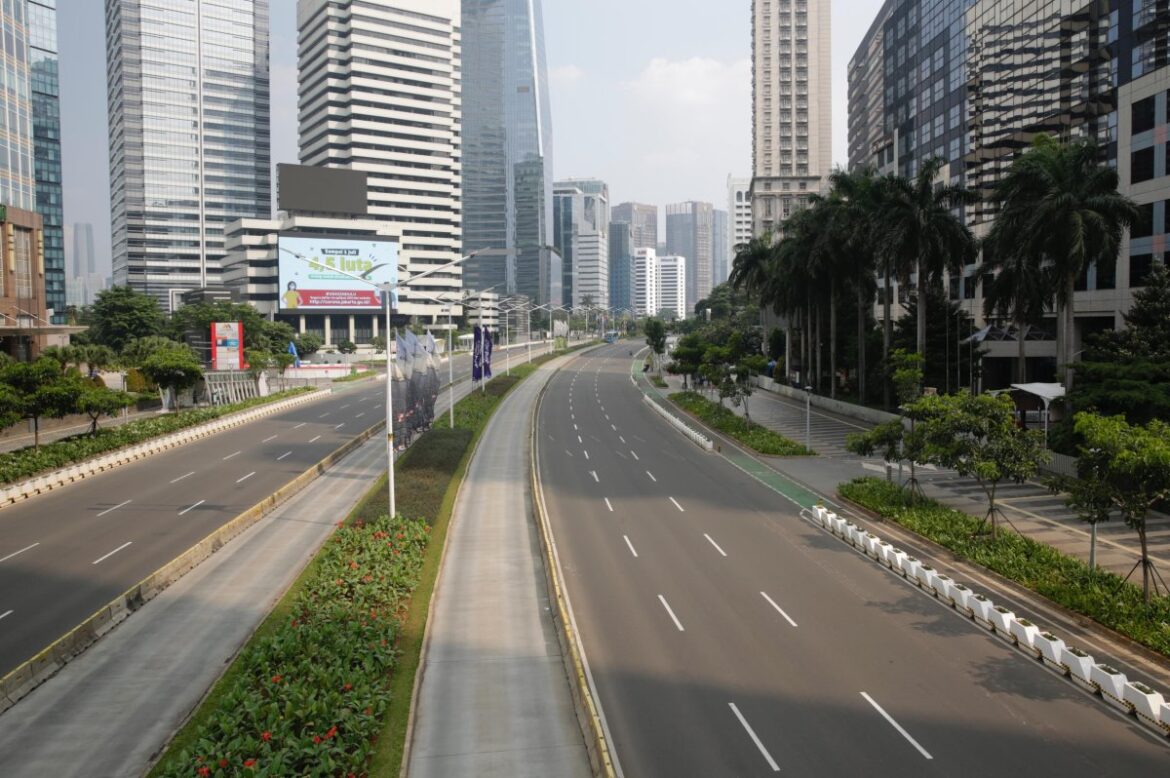In the United Nations’ latest update to world population figures and estimates, Jakarta, Indonesia, has taken a giant leap from 33rd on the list in 2018 to 1st on the list with more than 42 million residents. File Photo by Adi Weda/EPA-EFE
Nov. 25 (UPI) — In just seven years, Jakarta, Indonesia, took a giant leap from 33rd biggest city in the world to surpass Tokyo at the top of the list.
The city has grown to 42 million residents.
Nearly half the world’s population now lives in cities, and the number of megacities such as Jakarta, which are home to more than 10 million people each, has ballooned from less than 10 to more than 30 in the last 50 years, according to a United Nations report.
The U.N.’s World Urbanization Prospects 2025: Summary of Results, the 22nd edition of its report on population estimates and where people live, includes estimates and analyses for the more than 8.2 billion people on Earth who live in 237 countries and areas and more than 12,000 cities.
“Urbanization is one of the most significant demographic shifts in human history, fundamentally altering how and where people live and build communities,” researchers at the U.N.’s Department of Economic and Social Affairs wrote in the report, which uses a “degree of urbanization methodology” they said improves the report’s usefulness.
“This new framework provides harmonized and comparable estimates and projections across three distinct categories along a continuum — cities, towns and rural areas — revealing urbanization is more widespread than national statistics often suggest,” they wrote.
According to the report, the world’s three largest cities are Jakarta and its 42 million residents; Dhaka, Bangladesh, with nearly 40 million residents; and Tokyo, with roughly 33 million residents, the report said. The only non-Asian city in the top 10, the U.N. found, is Cairo, Egypt.
In 1975, there were eight megacities, but that number has quadrupled to 33 in 2025 — over half of which are in Asia — and the number is expected to rise to 37 by 2050 as cities in Ethiopia, the United Republic of Tanzania, India and Malaysia are expected to surpass the 10 million resident mark.
The number of megacities has increased exponentially in the last 50 years as people have continued to move to urbanized areas in increasing numbers, and two-thirds of the global population is expected to live in cities by 2050.
However, the vast majority of cities analyzed for the report — 81% — have fewer than 250,000 residents, researchers reported.
“Despite the prominence of megacities, the report finds that small- and medium-sized cities are home to more people than megacities and are growing at a faster pace, particularly in Africa and Asia,” the U.N. said in a press release about the report.
U.N. officials also tied the data collected for the 2025 population report to efforts to combat climate change that are being coordinated within and among countries around the world, specifically at the recently concluded COP30 meeting of 170 countries.
“Urbanization is a defining force of our time,” Li Juhua, U.N. under-secretary-general for economic and social affairs, said in the release.
“When managed inclusively and strategically, it can unlock transformative development, economic growth and social equity. To achieve balanced territorial development, countries must adopt integrated national policies that align housing, land use, mobility and public services across urban and rural areas,” Juhua said.


AloJapan.com